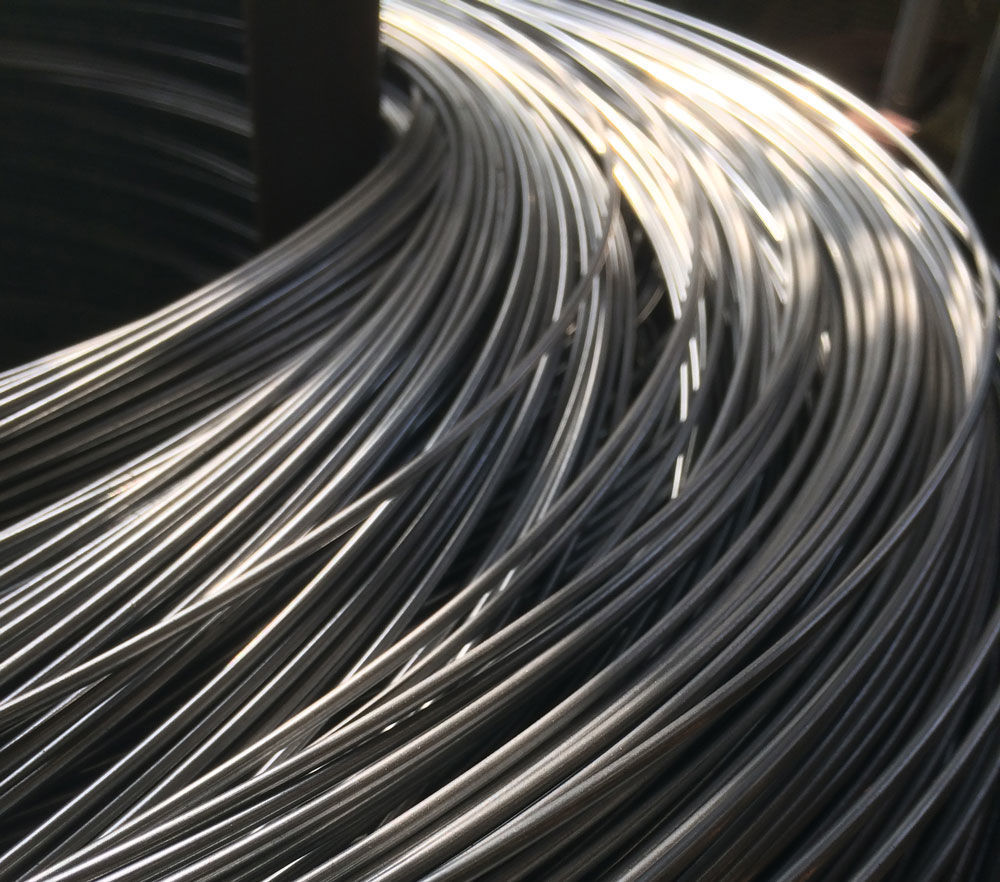Types of aluminum cables and their application
Electrical cables are one of the main components of power transmission systems. There are a huge number of types of such wires, differing in the scope of application, the material of manufacture of conductive cores, design features, type of insulation. Depending on the type of conductor used, cables with copper and aluminum cores are distinguished.
Advantages of Aluminum cables
The main advantage of using power cables with such cores is their noticeably lower cost compared to copper wires. This difference in price is due to significantly lower costs for the extraction and processing of aluminum compared to copper, which most directly affects the final prices of the finished product. On average, the price of copper on world exchanges is about 3 times higher compared to aluminum prices. However, it should be borne in mind that the conductivity of aluminum is about one and a half times lower, which means that it is necessary to increase the cross-sectional area of the aluminum core relative to the copper conductor by exactly that many times in order to transmit the same amount of current. But even so, the cost of organizing the line will still be much lower.
Another advantage of aluminum cables is that they weigh significantly less than their copper counterparts, which is due to the higher specific gravity of copper. The difference in weight, with other equal characteristics of cable products, can reach 30-50%. This can be a huge plus in a number of situations, for example, when the current transmission line is laid by air. In this case, it is possible to significantly reduce the weight load on supports and other equipment, allowing you to save on the cost and complexity of installation work.
Types of aluminum cables and their application
Power cables made of aluminum are used to organize the delivery of current to the consumer, for the transmission and distribution of energy inside residential and non-residential buildings, as part of wires for connecting devices to the electrical network. Here are a few popular varieties of them:
- AVVG cable – unarmored, core insulation and PVC outer shell. It is used for wiring indoors and when installing single cable lines.
- AVVGE cable - unarmored, insulated with polyvinyl chloride, equipped with copper shielding under the outer shell. It is used in rooms and structures with high requirements for protection against interference.
- AVBSHV cable – has a reservation with thin metal bands, enclosed in a protective PVC hose. It is suitable for the organization of underground power lines, it is used in conditions when increased requirements are imposed on cable products in terms of protection from damage.
- The APVBSHV cable is armored, with polyethylene insulation, equipped with protection from galvanized metal tapes, enclosed in an additional protective PVC hose. The scope of application is the same as that of AVBSHV cables, but, due to a different insulation material, it is able to withstand the elevated heating temperature of the conductor during operation – up to 90 degrees.
The specific type of cable is selected depending on the operating requirements. For example, in permafrost conditions and in areas with seismic activity, as well as on dry and bulk soils, special aluminum AVKASHVNG(A)-HL cables with reinforced wire armor, resistant to mechanical damage as a result of soil movement, capable of withstanding critically low temperatures up to -60 degrees, are used.

